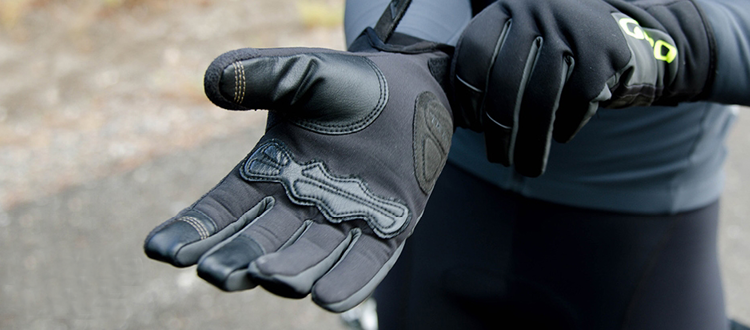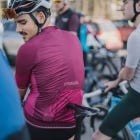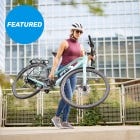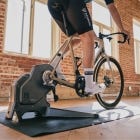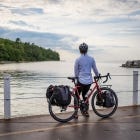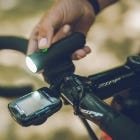Choosing the right clothing for cold weather riding can be a daunting endeavor. Multiple factors come into play such as changing conditions, wind and chosen route can have a significant impact on perceived comfort. The key to off season rides is layering, which allows you to quickly add/remove clothing accordingly.
Before stepping out, consider weather predictions, perceived temperature, and the planned intensity of your ride. A good rule of thumb is to be a little chilly in the first 10-15 min of riding, to avoid overheating. If you are perfectly comfortable coming out, there is a good chance you are overdressed.
Baselayer
Often neglected, le bse layer is an essential garment for preserving warmth and keeping you dry. There are many different types for different conditions and seasons. In addition to being very comfortable, a base layer will wick away moisture for better temperature management.
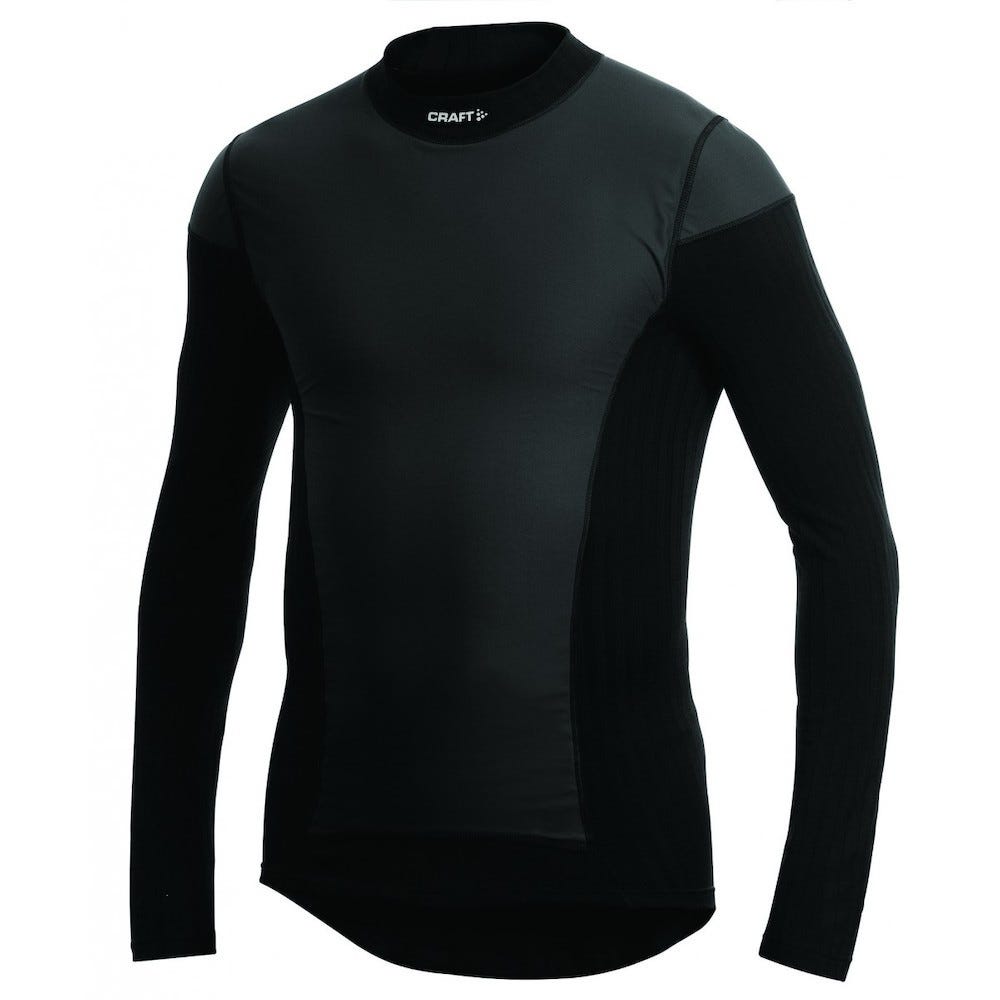

Craft - Active LS
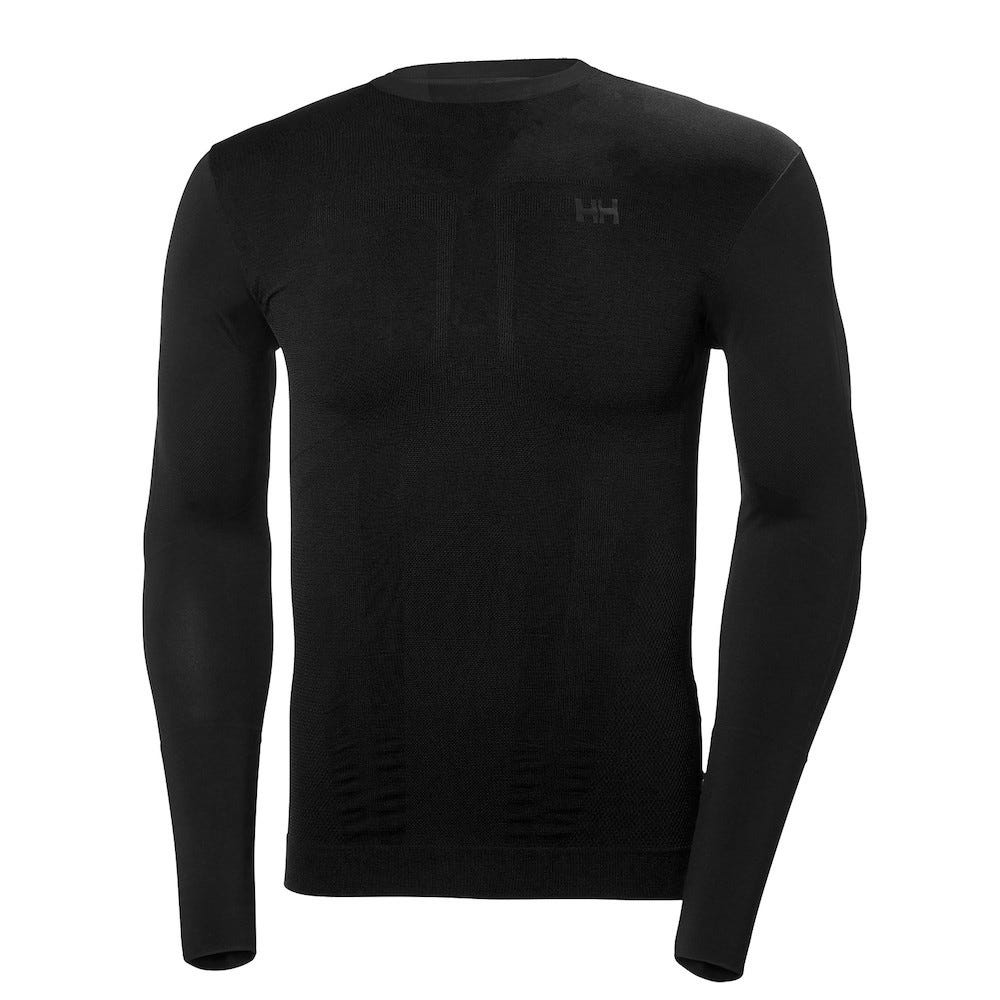

HH - LS Seamless
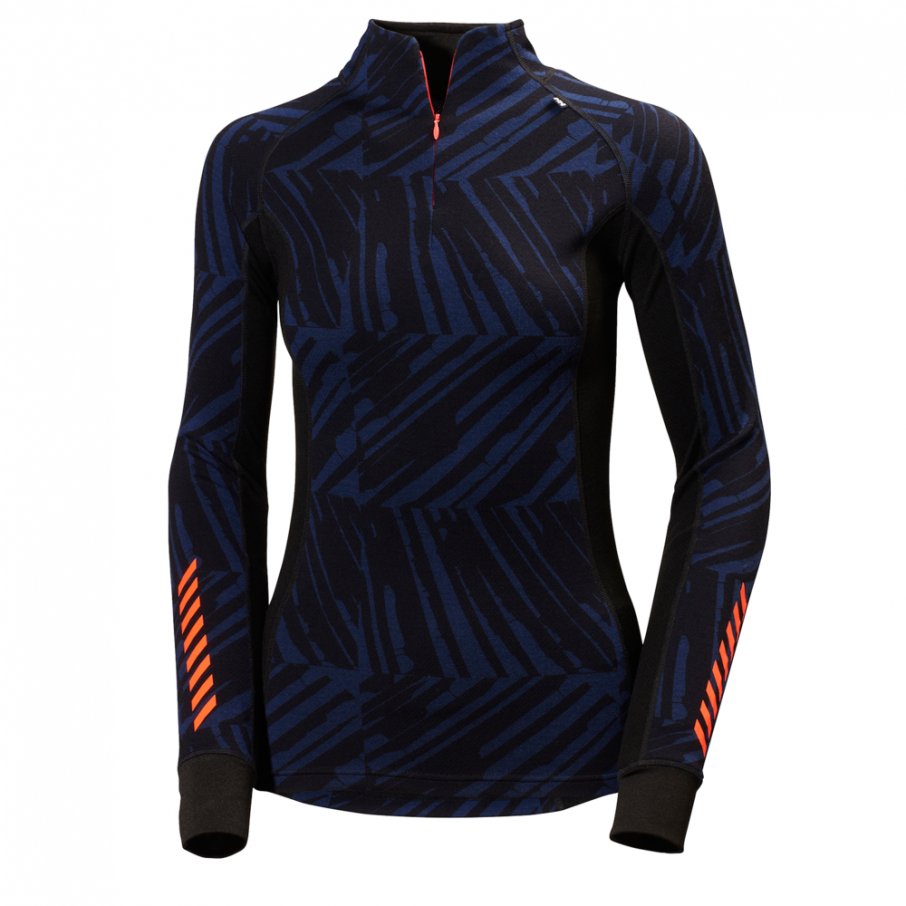

HH - Warm Freeze


Louis Garneau - 4001
Short and long sleeve jerseys
A cycling jersey is often the second closest layer to the body. A regular jersey will work just fine, with thermal sleeves which are a good pairing to this setup. Under 12 degrees, we recommend a long sleeve, possibly thermal jersey. It is a very versatile piece of clothing, as it is much lighter than a jacket but still very warm when worn correctly. However, these tend to offer no wind protection at all, so a lightweight wind vest is the perfect combo.
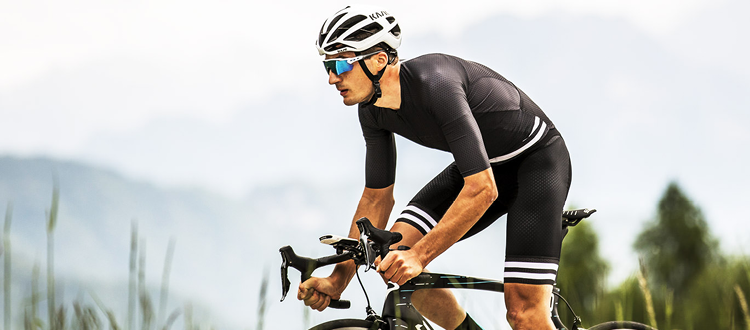

Windbreaker vest
Arguably the most versatile piece of clothing, the windbreaker vest can be used during the summer on early morning rides or as wind protection in colder seasons, even when fatbiking. Flexible and lightweight, they can easily be stripped off and stored in a jersey pocket, if need be.
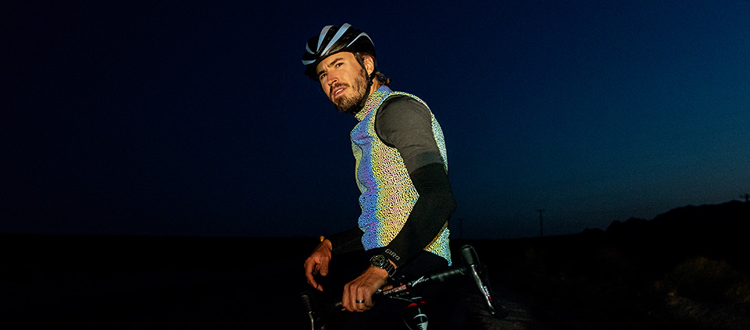

Jackets
When temperatures get seriously cold, or if you want to wear the least amount of layers possible, reaching for an actual jacket might be the best choice. There are many different types, all suitable for a specific purpose, temperature or season. Note that jackets can quickly become a burden during higher intensity rides such as races, hard group rides or interval training, as most tend to be pretty warm causing you to overheat quickly.
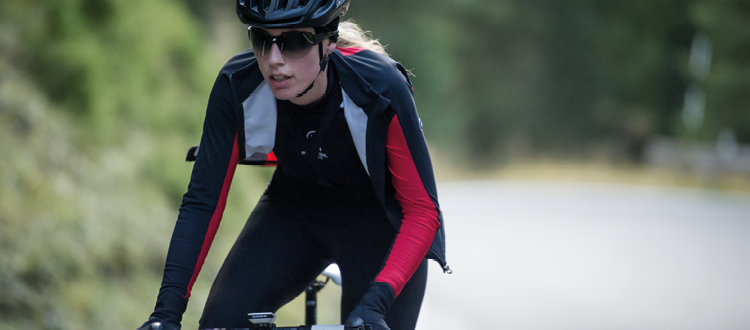

Long bibs
10 degrees and under will require leg protection. This can be in the form of Leg covers or knee covers for easy removal, or long sleeve bibs for seriously cold rides.
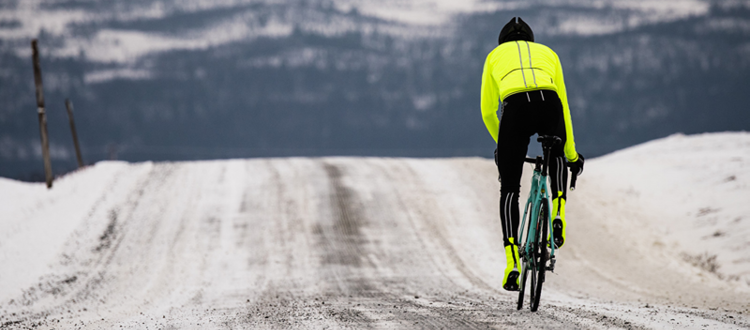

Shoe covers
Shoe covers are especially important as they will keep one of your key extremities warm. Heat tends to leave the body feet first, so having a good quality set is key. They will also help if the riding surface is wet, as road shoes tend to be well ventilated and easily let water in.
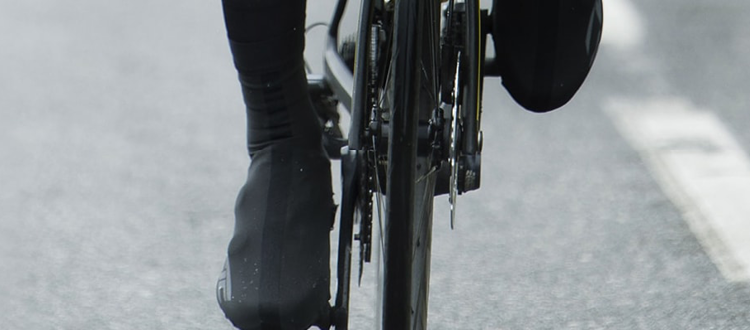

Merino wool wocks
Merino wool socks are one of those items you should already have. Merino wool is the absolute best material to wick away moisture while keeping warmth close to the skin. From November to April, you shouldn’t reach for anything else.
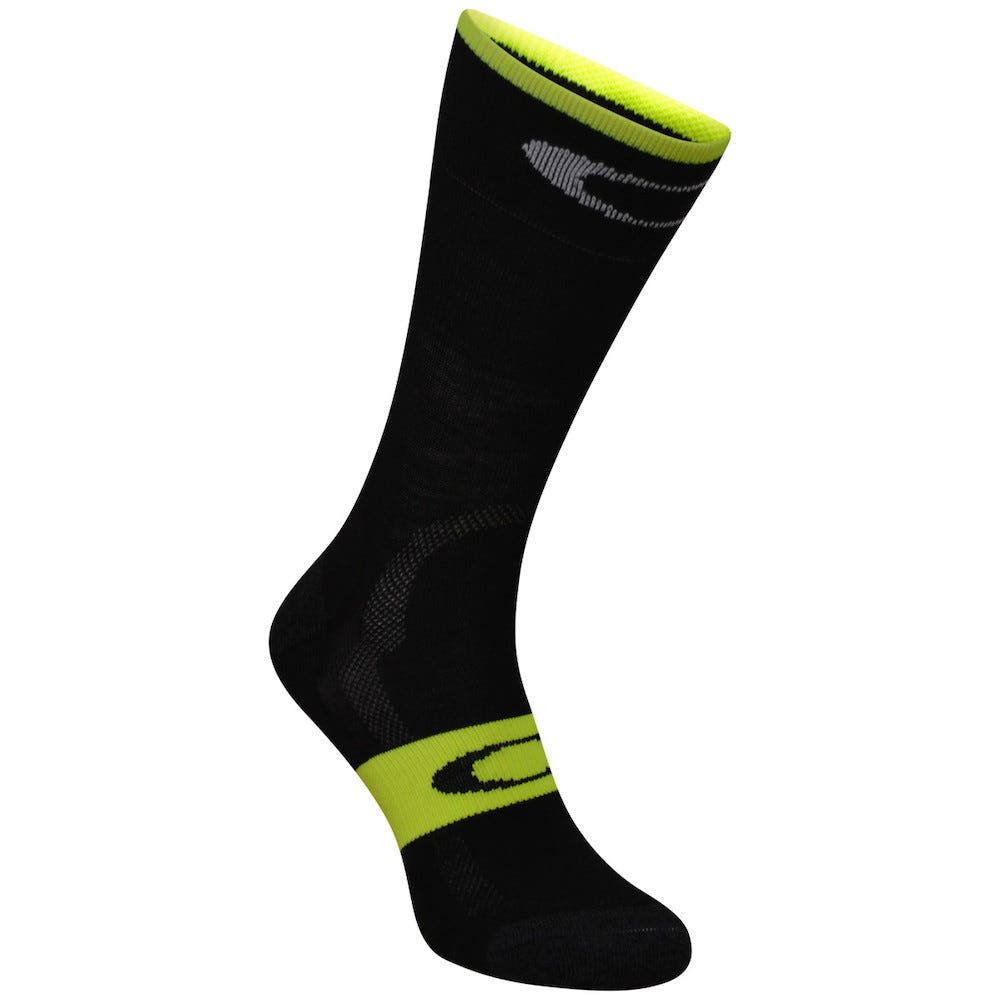

Oakley - Thermal Wool


Castelli - Sambio 13
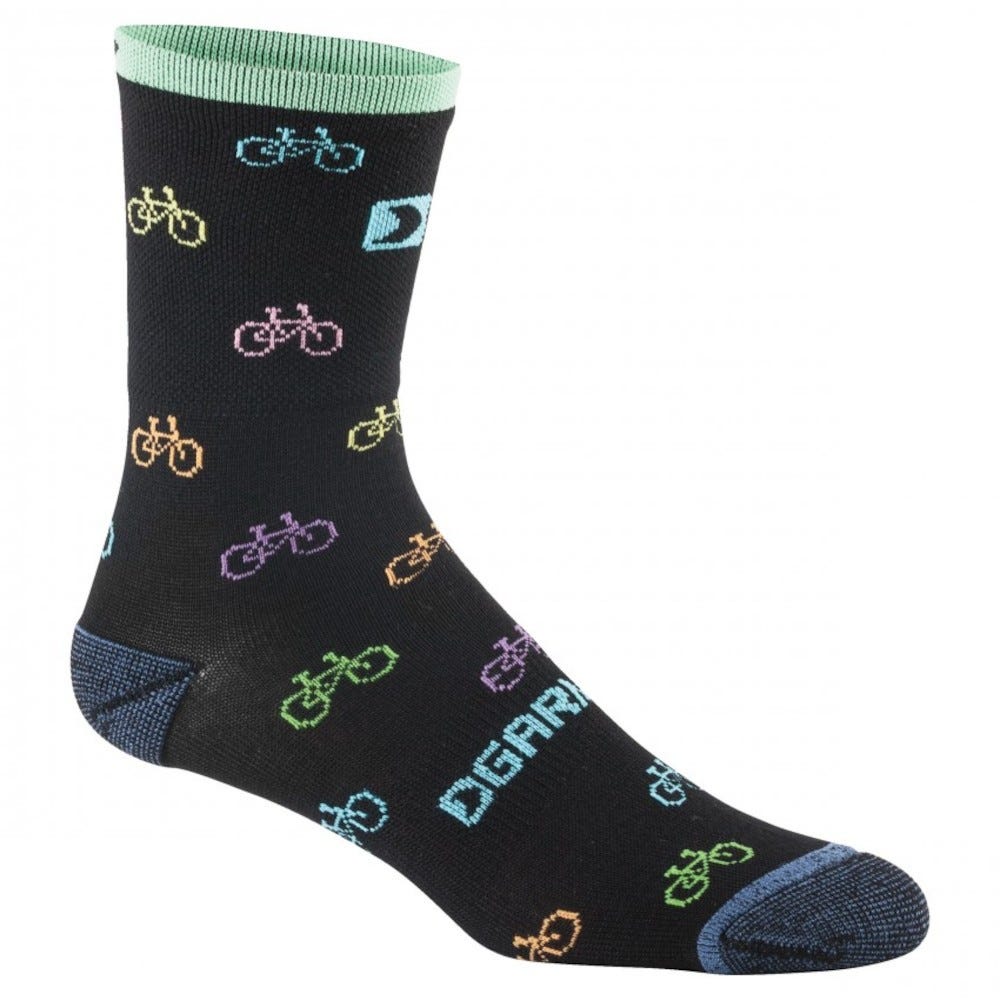

Garneau - Merino 60
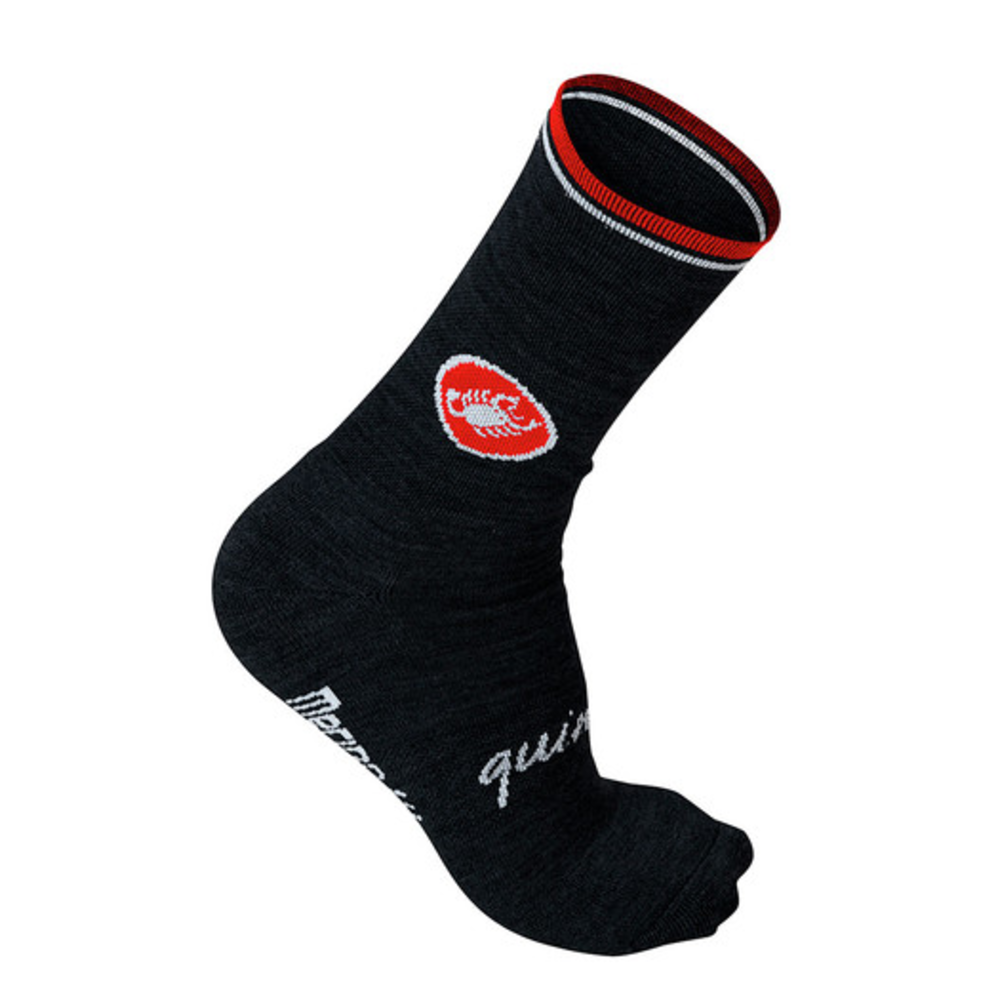

Castelli - Quindici Soft
Gloves,beanie, neck gaitor
While you may not think cycling specific gloves are relevant, they actually make a huge difference for shifting gears and providing added support in the form of integrated padding. A beanie and neck gaitor will help prevent cold wind from entering, sealing up your cold weather setup for good.
